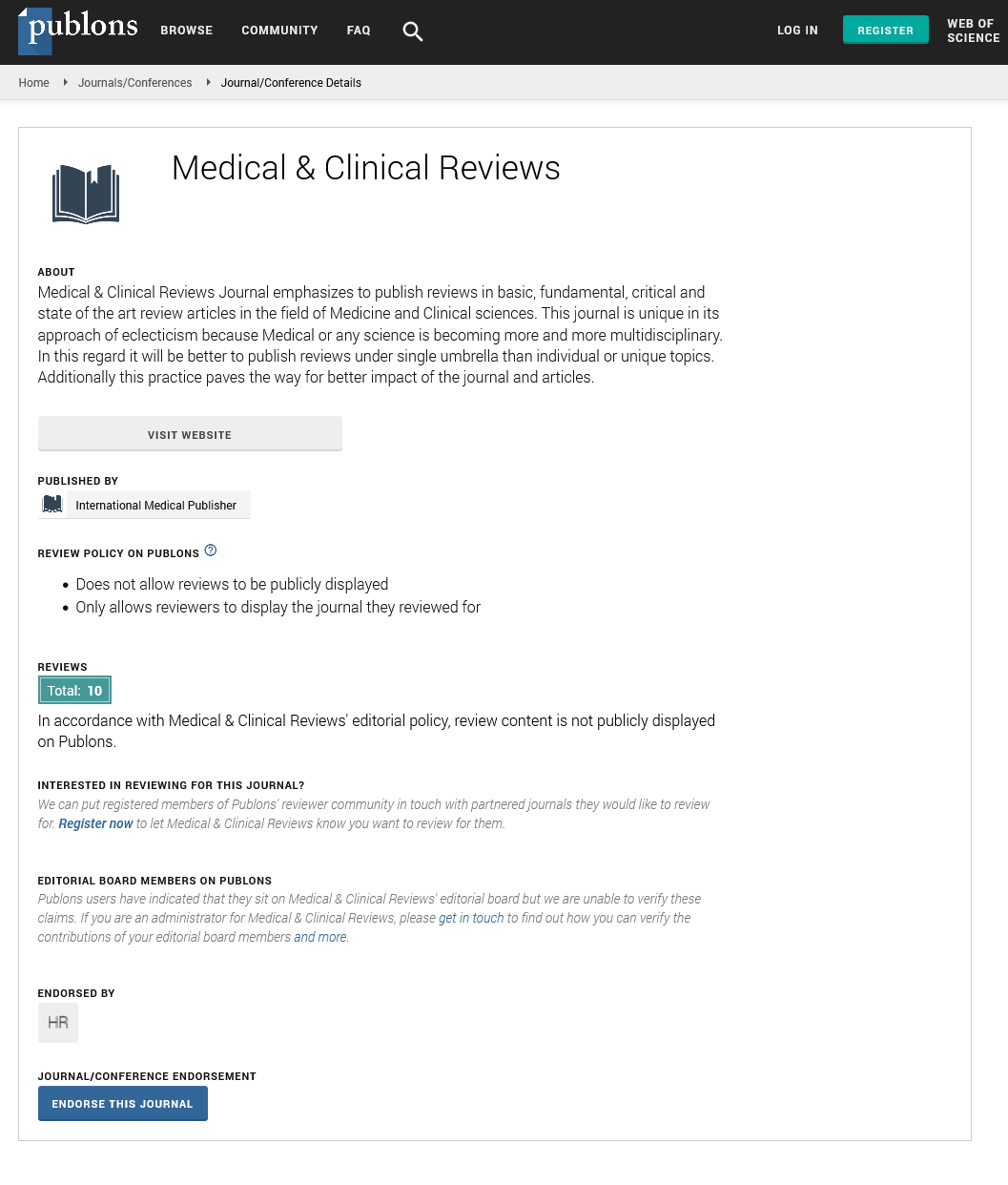Abstract
Temperature Gradient Achieved in the Shoulder Area as a Result of Cold-Air Cryotherapy Treatment
Background: The recommendation for tissue cooling in musculoskeletal injuries has been recognized for decades, leading to the development of various cooling techniques over time. Guidelines for their utilisation primarily rely on empirical evidence, as there is currently a lack of objective quantification regarding their efficacy. A possible common metric for cooling methods might be the maximum temperature reduction attained during their application.
Methods: Ten healthy volunteers received cold-air cryotherapy treatment on their shoulders for 9 minutes. Thermal images of both shoulders were captured before, immediately after, 3 and 10 minutes post-therapy. The images were then analysed to assess temperature reduction, and the findings were compared with existing clinical data.
Results: Statistical analysis revealed a significant difference in temperature gradients between the treated and untreated shoulder during all post-cryotherapy measurements. The temperature reductions of 15.85°C, 11.55°C and 6°C immediately after, 3 minutes after and 10 minutes after cryotherapy application respectively, surpass existing clinical evidence, underscoring the cold air cryotherapy device in cooling efficacy.
Conclusion: The current study reaffirmed the efficacy of the cold air cryotherapy device when manually applied to the shoulder area, highlighting its potential in injury treatment, prevention and post-performance recovery.
Author(s): Jiri Kminek
Abstract | Full-Text | PDF
Share this

Google scholar citation report
Citations : 906
Medical & Clinical Reviews received 906 citations as per google scholar report
Medical & Clinical Reviews peer review process verified at publons
Abstracted/Indexed in
- Google Scholar
- China National Knowledge Infrastructure (CNKI)
- Directory of Research Journal Indexing (DRJI)
- WorldCat
- Publons
- Secret Search Engine Labs
Open Access Journals
- Aquaculture & Veterinary Science
- Chemistry & Chemical Sciences
- Clinical Sciences
- Engineering
- General Science
- Genetics & Molecular Biology
- Health Care & Nursing
- Immunology & Microbiology
- Materials Science
- Mathematics & Physics
- Medical Sciences
- Neurology & Psychiatry
- Oncology & Cancer Science
- Pharmaceutical Sciences


